This piece was originally posted on Alcohollywood
Let me rephrase that right from the beginning. This list really should be “10 Horror Movies for People Who Normally Aren’t Into Horror Movies, But Might Be Willing to Give Them a Shot,” but that’s just too long for a title. Horror is the genre most often forced on other people by overeager fans, with very little thought to how upsetting or even triggering some of the subject matter might be. This pushy, obnoxious behavior is what earns horror fans their negative reputation. Like with food and sex, no one should be told “You just haven’t had it the right way” as an argument for trying something they know they don’t like.
However, if you are, or you know someone who’s willing to give it a shot, here’s a brief list of titles that offer a gentle, often fun introduction to the genre, most of them with a minimum of gore and jump scares.
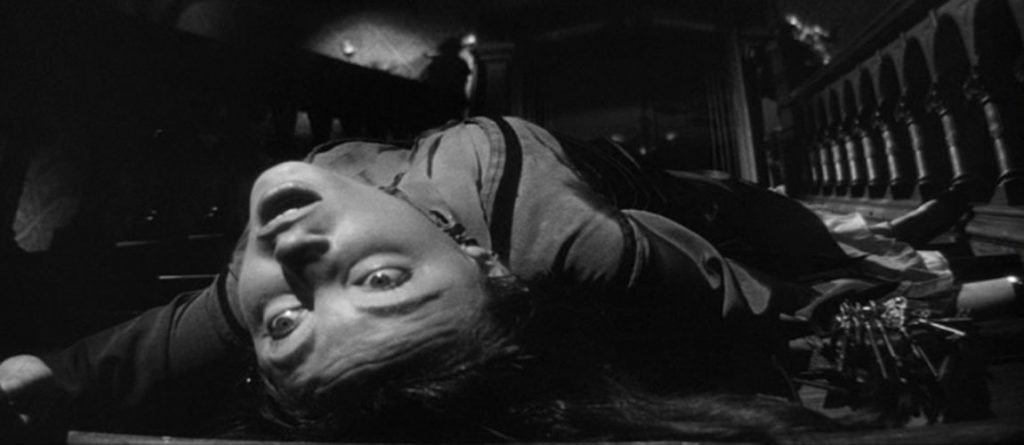
THE HAUNTING (1963, Robert Wise)
Robert Wise’s 1963 adaptation of the Shirley Jackson classic The Haunting of Hill House is the platonic ideal of a horror movie that relies predominantly on the power of suggestion (and clever sound design) rather than on-screen scares. Julie Harris as protagonist Eleanor serves as the audience surrogate, unsure if what she’s hearing and seeing is really happening or just in her head. It won’t likely give you nightmares, but it might make you listen a little more carefully to every bump and creak in your house after watching it. Avoid under all circumstances the 1999 remake, which adds an absurd “origin story” about the titular house, and amps up the blood and gore.
WHEN TO COVER YOUR EYES: Never, you’re safe.
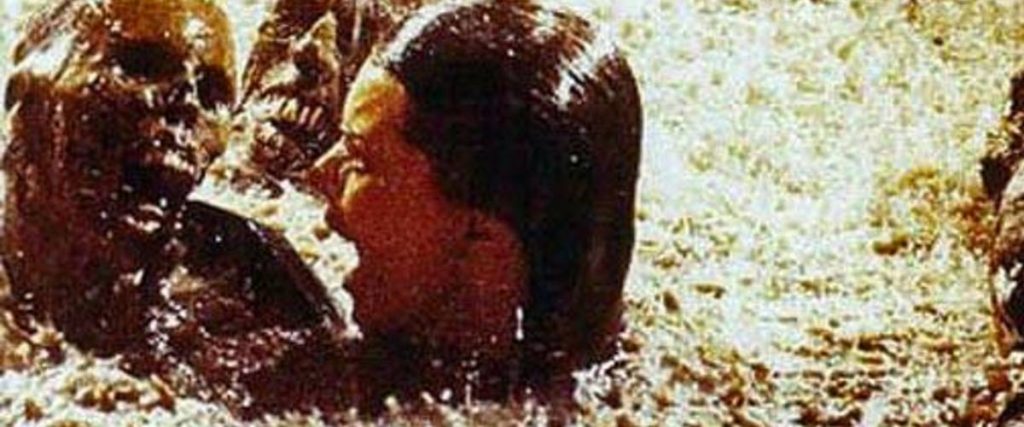
POLTERGEIST (1982, Tobe Hooper (or Spielberg, depending on who you ask))
If you liked The Haunting, you might be ready to try Poltergeist, Tobe Hooper 1982’s haunted house movie that takes the extra step of making you care about the characters, something far too many horror films do away with in favor of more scares and special effects. The fact that the Freelings are such a warm, loving and believable family makes what they’re put through that much more gripping, upsetting, and unexpectedly moving. It’s also a great example of a fake-out ending, in which you’re led to believe that everything is okay and it’s all over, but wait…there’s more.
WHEN TO COVER YOUR EYES: The bathroom scene. You’ll know it when you see it.
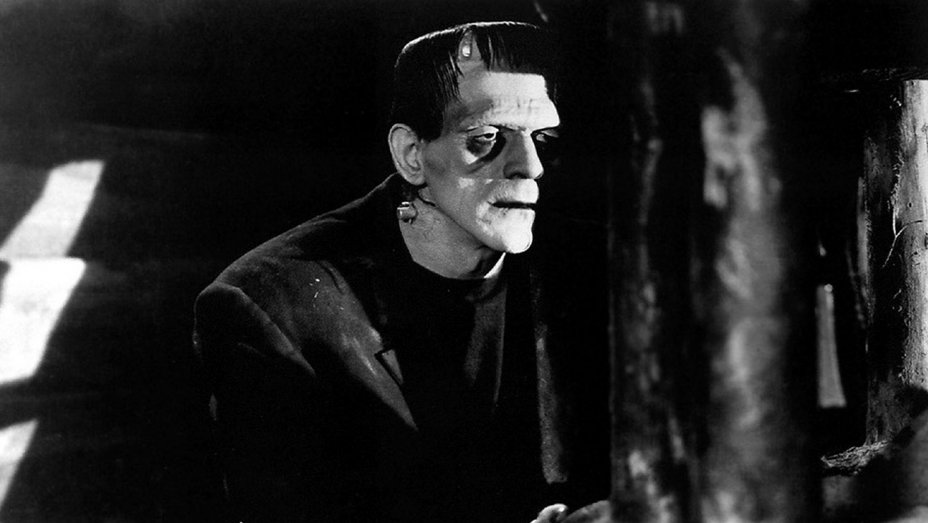
FRANKENSTEIN (1931, James Whale)
I’ll make a controversial statement by saying that, while its influence on horror in general cannot be understated, and I have a shameless love for the vampire genre, the Bela Lugosi version of Dracula is outshined in every way by James Whale’s Frankenstein. Boris Karloff, wearing about thirty pounds of makeup, appliances, and costume, brings depth and tragedy to his iconic role, while uttering little more than grunts and groans. Like The Haunting, what the movie lacks in visceral scares it makes up for in a general sense of unease, with stark, nightmarish lighting that’s still a cornerstone in horror today. If you like Frankenstein, graduate to the films of Guillermo del Toro, who names it as one of his biggest influences.
WHEN TO COVER YOUR EYES: The infamous flower scene, only available in recent cuts of the movie, isn’t bloody, but it is disturbing. It’s also hilariously parodied in Mel Brooks’ Young Frankenstein.
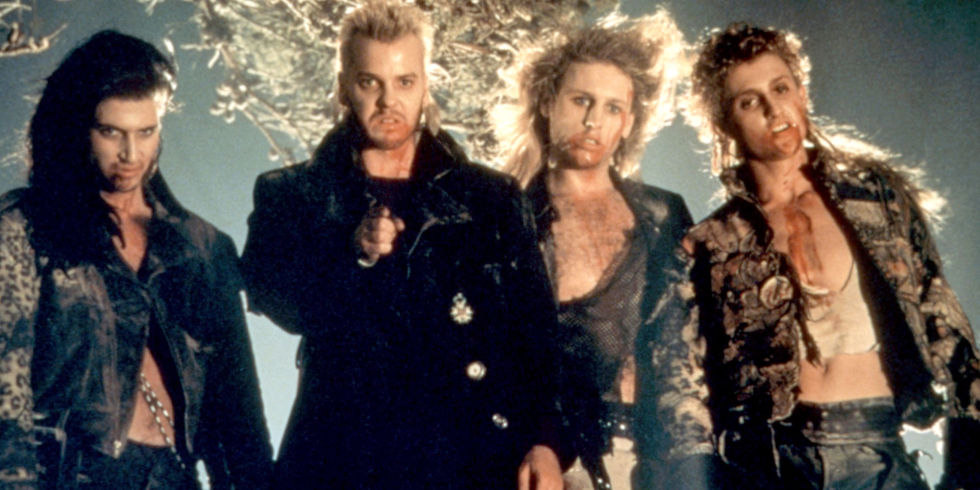
THE LOST BOYS (1987, Joel Schumacher)
Joel Schumacher’s 1987 teen horror hit is a delightfully campy introduction to the vampire genre. While not overtly scary, it has some nicely creepy elements, and creatively relies on a pop and rock soundtrack rather than an orchestral score to set the mood, making it a very modern update on a classic monster story (or at least, modern for 1987). If you can handle The Lost Boys (and you can, trust me), you might be ready to graduate to Near Dark, another vampire movie that shares some similar themes, but with a considerably darker, gorier edge.
WHEN TO COVER YOUR EYES: There’s a very brief shot involving some spurting blood, and the vampire kills are kind of icky, but you might find yourself too distracted by Kiefer Sutherland’s spectacular mullet to notice.
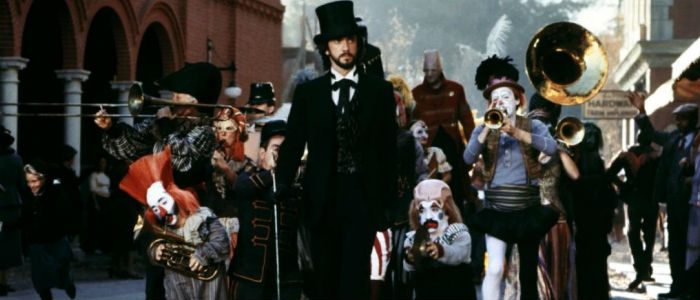
SOMETHING WICKED THIS WAY COMES (1983, Jack Clayton)
This mostly forgotten 1983 adaptation of a Ray Bradbury novel is excellent for those who might like horror with some turn of the century flair. Jonathan Pryce is chilling as Mr. Dark, who brings his “Pandemonium Carnival” to a small town, drawing in innocent souls and collecting them for damnation. Produced by Disney (and unfortunately a huge flop upon release), its adolescent heroes make this an enjoyably spooky movie for younger viewers.
WHEN TO COVER YOUR EYES: Jonathan Pryce graphically breaks Jason Robards’ hand in one scene, but other than that it relies on setting and mood to get its point across.
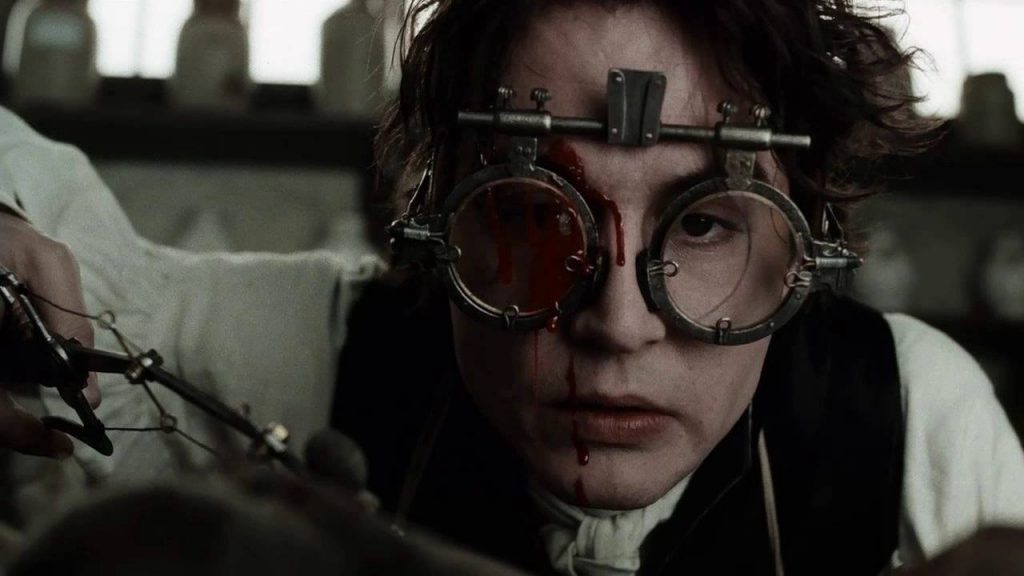
SLEEPY HOLLOW (1999, Tim Burton)
If you like Something Wicked This Way Comes, then you’ll love Sleepy Hollow, the last Tim Burton-Johnny Depp collaboration that doesn’t fall apart under a medically inadvisable amount of quirkiness. As you’ve probably guessed, it’s an adaptation of the Halloween classic about the Headless Horseman, played here by Christopher Walken, who never utters a word, and has never been creepier. The 18th century set and costume design is a feast for the eyes, and the movie itself is perfect for a chilly night in with some hot chocolate (or straight bourbon, I’m not here to judge you).
WHEN TO COVER YOUR EYES: There is a considerable amount of gore, particularly when Ichabod Crane’s nemesis Brom Bones is killed off, but, as is Burton’s signature style, there’s something a little deliberately artificial about it that makes it easier to take.
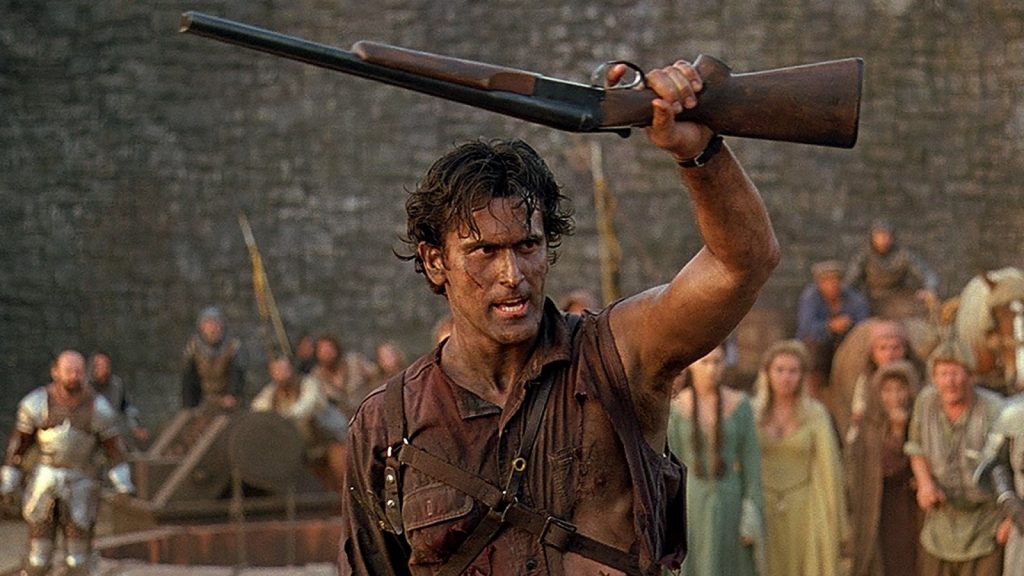
ARMY OF DARKNESS (1992, Sam Raimi)
Yes, it’s the third movie in the Evil Dead series, and yes, it might help slightly if you watched at least one of Raimi’s earlier movies beforehand to understand what’s happening. On the other hand, introducing someone to horror who has expressed a dislike of the genre by showing them Evil Dead, let alone Evil Dead II, earns you a one-way ticket on the Shithead Express, buddy. Army of Darkness, on the other hand, I would let any kid over the age of seven or so watch that, if they were interested. Despite the presence of skeleton armies, a decomposing villain, and some sort of well creature whom hero Ash kills in an astonishing fountain of blood, it’s not scary at all, trading in the relentless gore and horror of the earlier two movies for delightful slapstick comedy. If someone’s not clear on Ash’s origin story or how he lost his hand, there’s always Wikipedia.
WHEN TO COVER YOUR EYES: Never, although the scene when Ash (non-graphically) steps on a nail might make you cringe a bit.
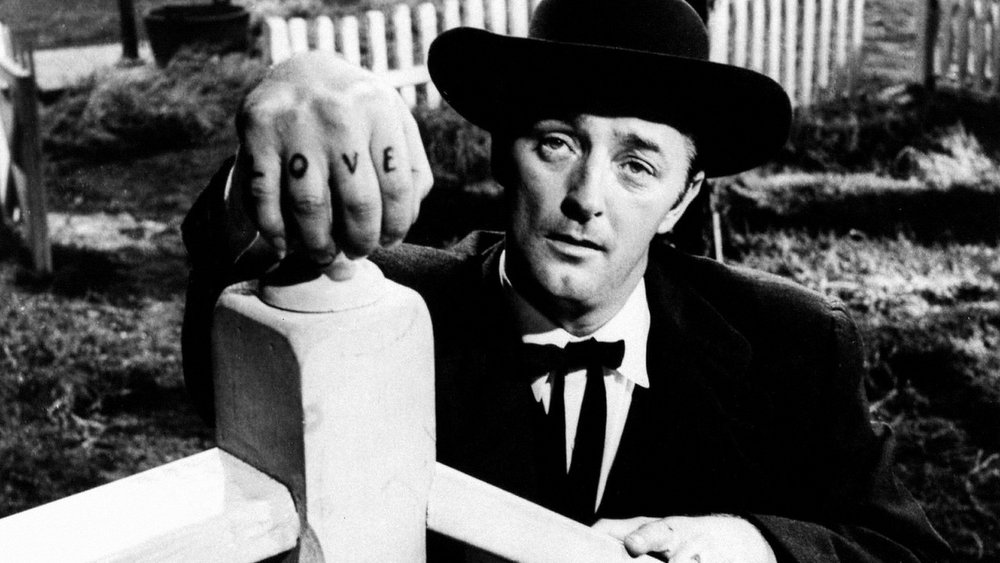
THE NIGHT OF THE HUNTER (1955, Charles Laughton)
Of virtually all the movies mentioned here, Charles Laughton’s criminally underrated (at least at the time it was released) thriller about a pair of Appalachian siblings terrorized by their mother’s new husband is probably the one most likely to cause you nightmares. Robert Mitchum’s performance as a villain powered entirely on charm and malevolence (he just seems to enjoy what he does) has rarely been matched, and Laughton’s stylistic nods to German Expressionism, where harsh nighttime lighting makes shadows seem longer, sharper, and more threatening, was years ahead of its time. This is a must see for both aspiring horror fans, and film fans in general. (Check out the Alcohollywood podcast on the film here.)
WHEN TO COVER YOUR EYES: I could say never, because nothing gory happens, or always, because the whole movie from beginning to nearly the end will make you feel like someone is plucking every nerve in your spinal column.
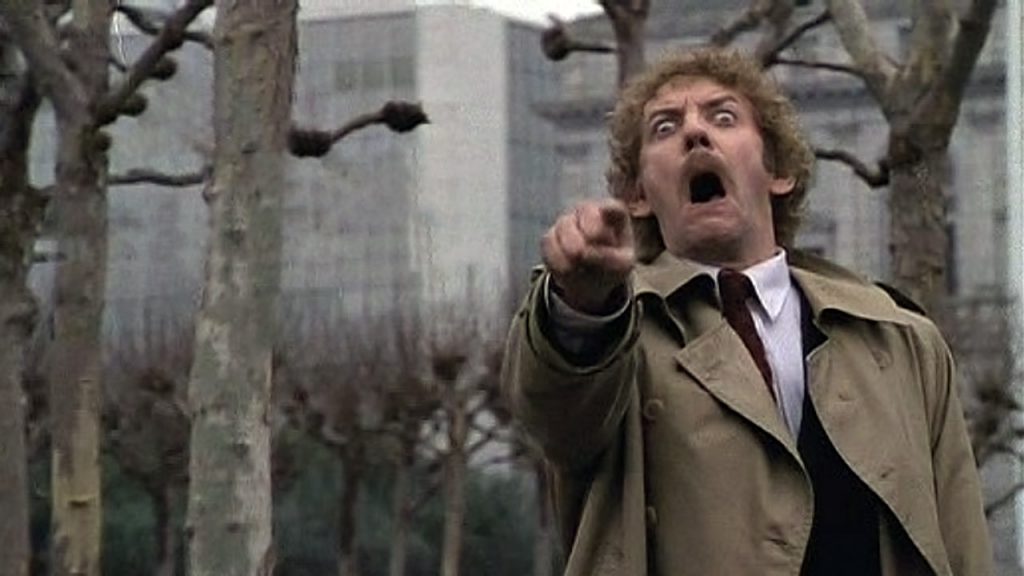
INVASION OF THE BODY SNATCHERS (any but the 2007 version)
The 1956 original is a great introduction to horror sci-fi, where ordinary citizens are replaced by emotionless “pod people.” Most of the fear comes from the growing sense of paranoia, as the world that’s usually so familiar starts to become strange and menacing, and friendly faces grow cold and indifferent. Though it may be a bit too discomfiting to watch given current events, it’s essential genre viewing. After that, try the 1978 remake, which amps up the paranoia and the sense that perhaps the characters can’t trust their own eyes, and the surprisingly not bad 1993 Abel Ferrara version, which somehow manages to end on an even bleaker, creepier note than the earlier two movies (you can feel free to just skip right over the third 2007 remake).
WHEN TO COVER YOUR EYES: Never in the original, but in the remake there’s one rather gooey sequence involving the destruction of a developing pod person, plus a gruesome shot of a dog-man creature that somehow manages to be both hilarious and horrifying at the same time (honestly, it’s the banjo music that does it).
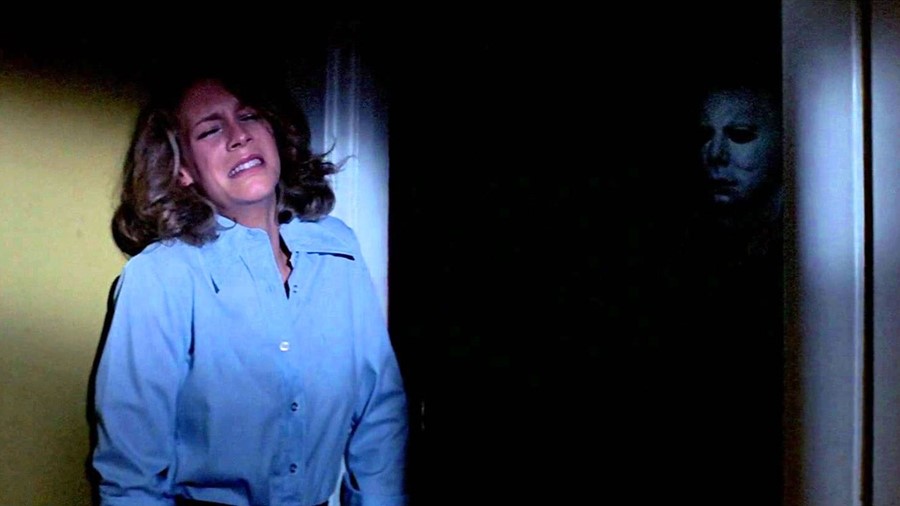
HALLOWEEN (1978, John Carpenter)
I know, you’re thinking “Wait, what? You’re going to make arguably the scariest, most effective slasher movie of all time someone’s introduction to horror?” No, not their introduction – think of it like Horror 202, they’ve watched everything else on this list (without you forcing them to or egging them on, I really can’t stress that enough), now they’re ready for advanced studies. Halloween is an excellent bridge to both the slasher genre, the concept of the good guys not winning in the end, and how even the simplest of scary premises (soulless killing machine picks his victims totally at random) can be made into cinematic art in the right hands. If anything, it spoils new viewers, because no other slasher movie really reaches that level of both cheap thrills and the genuinely unsettling realization that we might not be safe in our own pastoral suburban neighborhoods. If Halloween ends up being the only horror movie a person ever watches, that’s still good enough.
WHEN TO COVER YOUR EYES: It’s surprisingly bloodless, cleverly filmed in a way that makes you think you’re seeing more than you really are. It does have a few jump scenes, though, and man, you could watch this movie a dozen times (and I almost certainly have by this point) and they’re still effective.
Some jaded horror fans think horror shouldn’t be fun, as evidenced in a Twitter debate over how last year’s remake of IT shouldn’t count as horror because it had jokes (I mentioned this in a review a week or so ago, but it really warrants repeating because it is incredibly idiotic). The question isn’t should it be fun, but rather can it be fun, which, yes, of course, pop some popcorn, snuggle under a blanket and put one of these movies on. If you’re open to it, being scared to death can be the time of your life.